| |
|
|
Botanical Name |
: |
Gmelina arborea L. |
English
Name |
: |
Candahar Tree and Coomb Teak |
Synonym(s) |
: |
Premna arborea Roth. |
Family |
: |
Verbenaceae |
| |
General Info
| Description |
 |
|
It is an unarmed tree. The bark is smooth and whitish grey. The leaves are opposite, broadly ovate, cordate and glandular. The flowers are in terminal panicles and brownish yellow in color. The drupe is fleshy, ovoid with 1 or 2 seeds. |
| Herb Effects |
 |
|
Antiviral (stem bark); hypoglycemic (wood and bark); anthelmintic (leaf juice); laxative, blood purifier and hypothermic. It is bitter, appetiser, brain tonic, energiser, digestive, removes dropsy, alleviates thirst and burning sensation of body. Its fruits are unctuous, heavy, cooling, astringent, brain tonic, cardiotonic, aphrodisiac, increases semen, removes urinary troubles and impurities of blood. It is an antidote to snake bite and some other poisons. |
Chemistry
| Active Ingredients |
 |
|
Apigenin, quercetin, luteolin, beta-sitosterol and hentriacontanol (leaf); betulin, lignans (heartwood). |
| Chemistry
of Active Ingredients |
 |
|
|
 |
Name |
CAS# |
IUPAC Name |
Formula |
Structure |
 |
|
| Apigenin |
520-36-5 |
4,5-dihydroxy-2-(4-h
ydroxyphenyl)-chrome
n-7-one |
C15H10O5 |
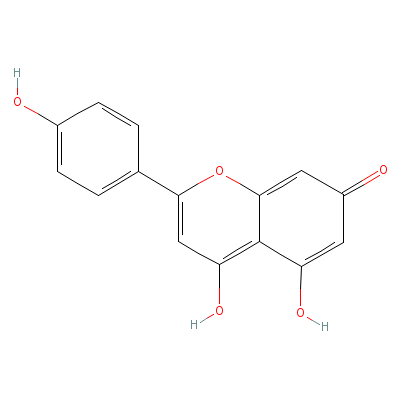
|
| Quercetin |
Not Available |
2-(3,4-dihydroxyphen
yl)-3,4,5-trihydroxy
-chromen-7-one |
C15H10O7 |
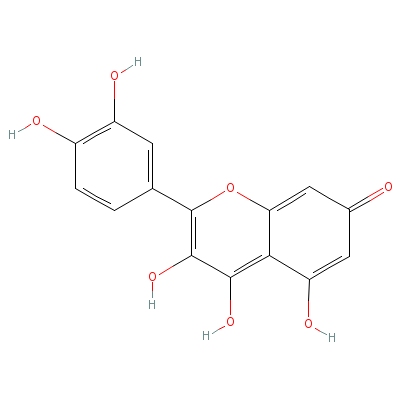
|
| Luteolin |
Not Available |
2-(3,4-dihydroxyphen
yl)-4,5-dihydroxy-ch
romen-7-one |
C15H10O6 |

|
| beta-Sitosterol |
5779-62-4 |
17-(5-ethyl-6-methyl
-heptan-2-yl)-10,13-
dimethyl-2,3,4,7,8,9
,11,12,14,
15,16,17
-dodecahydro-1H-cycl
openta[a]phenanthren
-3-ol |
C29H50O |
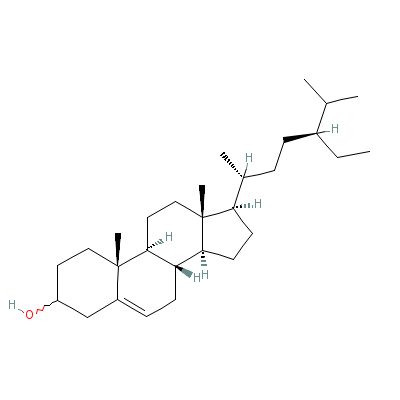
|
| Betulin |
Not Available |
Not Available |
C30H50O2 |
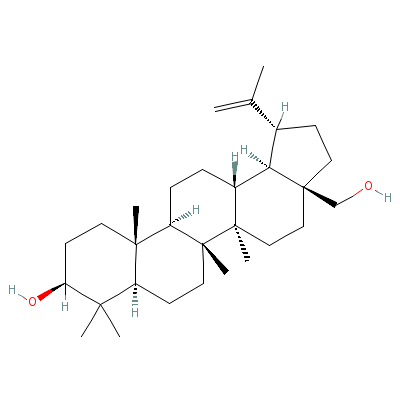
|
| Lignan |
6549-68-4 |
ethyl
6,7-dimethoxy-3-meth
yl-4-oxo-1-(3,4,5-tr
imethoxyphenyl)-tetr
alin
-2-carboxylate |
C25H30O8 |
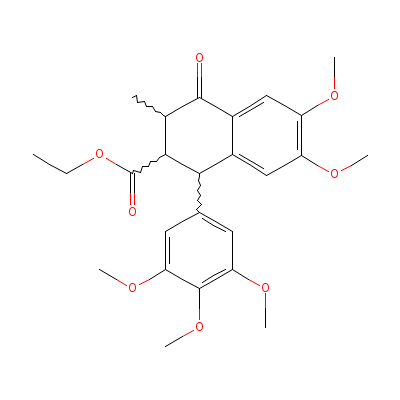
|
|
Pharmacology
| Medicinal Use |
 |
|
In rheumatism and stomach problems (root decoction); gonorrhea and as an anthelmintic (leaf juice); for cough (root decoction and leaf juice); making prosthetics (wood); increasing the secretion of gastric juices and as a tonic (bark); in fever (root decoction); for headache, anasarca, asthma, bronchitis, cholera, colic pain, diarrhoea, dropsy, dyspepsia, epilepsy, fever, phthisis, rheumatism, small pox, sore, spleen complaints, syphilis, throat swelling, urticaria, fever, urinary complaints, urticaria, consumption, wounds and leucorrhoea (herb). |
| Reference |
 |
|
 Chandel et al., Biodiversity in Medicinal and Aromatic Plants in India. Chandel et al., Biodiversity in Medicinal and Aromatic Plants in India.
Uniyal et al., Medicinal Flora of Garhwal Himalayas.
The Himalaya Drug Company.
Sharma, Classical Uses of Medicinal Plants. |
Dealers
Products
|
|